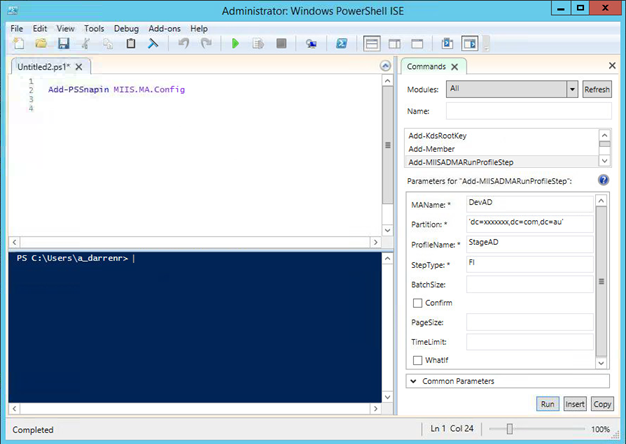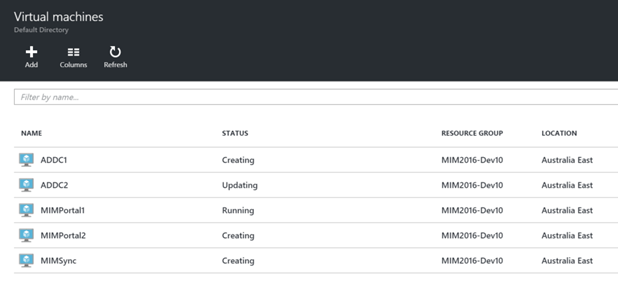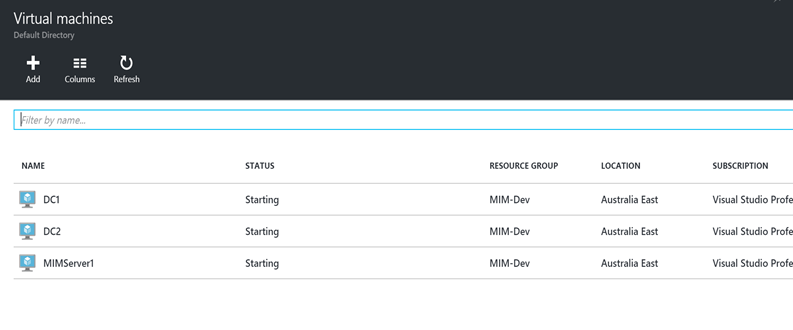Add workdays and public holidays to your Azure Automation runbooks
Azure Automation runbooks are a great way to automate various aspects of your Azure environment. Probably the task it is used for the most (at least at the moment) is starting and stopping a virtual machine or a bunch of vms on a schedule. The runbook scripts take care of the “powering on” or “shutting down”. Adding a schedule to these scripts is a great way to save cost by only running virtual machines when they are required.… [Keep reading] “Add workdays and public holidays to your Azure Automation runbooks”



